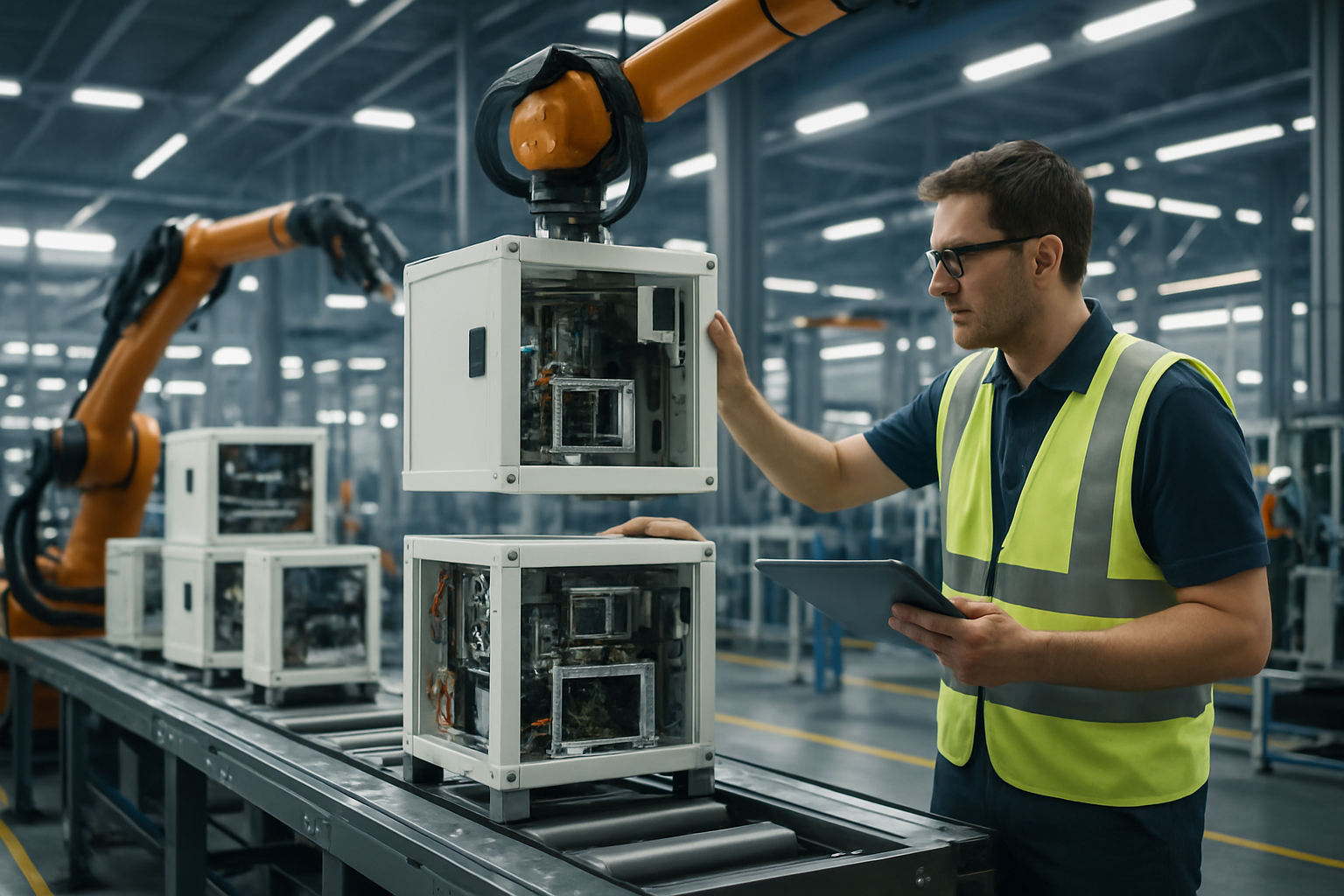Factory Packaging: Exploring Roles in Manufacturing
Discover the crucial world of packaging in manufacturing environments. This article delves into the responsibilities, skills, and potential career paths within factory packaging operations. Learn how these essential roles contribute to product integrity, brand image, and efficient distribution. Gain insights into the evolving landscape of packaging work, from entry-level positions to specialized opportunities in today's dynamic manufacturing sector.

The manufacturing industry relies heavily on efficient packaging processes to ensure products reach consumers in pristine condition. While not advertising specific positions, this overview aims to provide insights into the nature of packaging work in factory settings.
Packaging operations often involve more than simply wrapping products. Workers may find themselves operating sophisticated machinery, including conveyor systems and automated packing equipment. Quality assurance is frequently part of the job, with staff checking products for defects before final packaging.
Successful packaging personnel typically possess a blend of physical and cognitive abilities. Manual dexterity and stamina are important, as the work can be repetitive and may require long periods of standing. Equally crucial is a keen eye for detail to ensure packaging meets required standards.
Key attributes for those in packaging roles often include:
- Numerical literacy for accurate counting and measuring
- Ability to adhere to safety protocols and follow instructions precisely
- Effective time management to meet production goals
- Strong interpersonal skills for team collaboration
- Flexibility to handle various products and packaging requirements
Some positions may necessitate familiarity with inventory systems or basic computer proficiency for data entry tasks.
Packaging staff play a vital role in the final stages of production. Their efforts help protect goods during transit and storage, maintaining product quality and extending shelf life where applicable. Well-organized packaging can streamline logistics and reduce shipping errors, potentially lowering costs associated with returns and customer dissatisfaction.
Packaging workers often serve as a final quality checkpoint, identifying and reporting any product issues before shipment. This attention to detail contributes to maintaining high standards and customer satisfaction.
While entry-level packaging roles may not require extensive qualifications, opportunities for advancement within manufacturing and logistics often exist. With experience and additional training, individuals may progress to roles such as:
- Packaging Team Coordinator
- Quality Assurance Specialist
- Supply Chain Facilitator
- Stock Control Manager
- Manufacturing Process Planner
Some workers may choose to specialize in niche areas like hazardous materials packaging or food-grade packaging, potentially leading to more specialized positions.
Technology is reshaping packaging operations in manufacturing environments. While automation is becoming more prevalent, human workers remain essential for oversight, quality control, and handling complex packaging requirements.
Technological advancements in packaging include:
- Automated box folding, filling, and sealing machines
- Robotic systems for precise product placement
- Computer vision for quality inspection
- RFID and barcode systems for inventory management
- Ergonomic equipment to reduce physical strain
As technology evolves, packaging workers may need to adapt and acquire new skills to operate and maintain these systems. This shift can create opportunities for more technical roles within packaging operations.
Working conditions in manufacturing packaging can vary by industry and facility. Typically, work occurs in factory or warehouse settings, which may have controlled climates or experience temperature fluctuations. The work often requires standing for extended periods and may involve lifting heavy items.
Safety is paramount in manufacturing environments. Packaging workers usually wear protective gear such as safety glasses, gloves, and appropriate footwear. Adherence to strict safety protocols is generally expected to prevent accidents and injuries.
Work schedules can include various shifts, potentially including evenings, nights, or weekends. Some positions may require overtime during peak production periods. Many facilities operate on rotating shifts, which can offer scheduling flexibility for workers.
In summary, packaging roles in manufacturing settings are integral to the production process. These positions typically require a mix of physical abilities, attention to detail, and adaptability. While entry-level positions may not demand extensive qualifications, opportunities for career growth and specialization often exist. As technology continues to advance, packaging workers may find themselves adapting to new systems, potentially leading to more diverse and skilled roles in the future of manufacturing.
Please note that this overview is for informational purposes only and does not constitute job recruitment or an offer of employment. Individuals interested in packaging careers should research current opportunities and requirements in their local job market.






